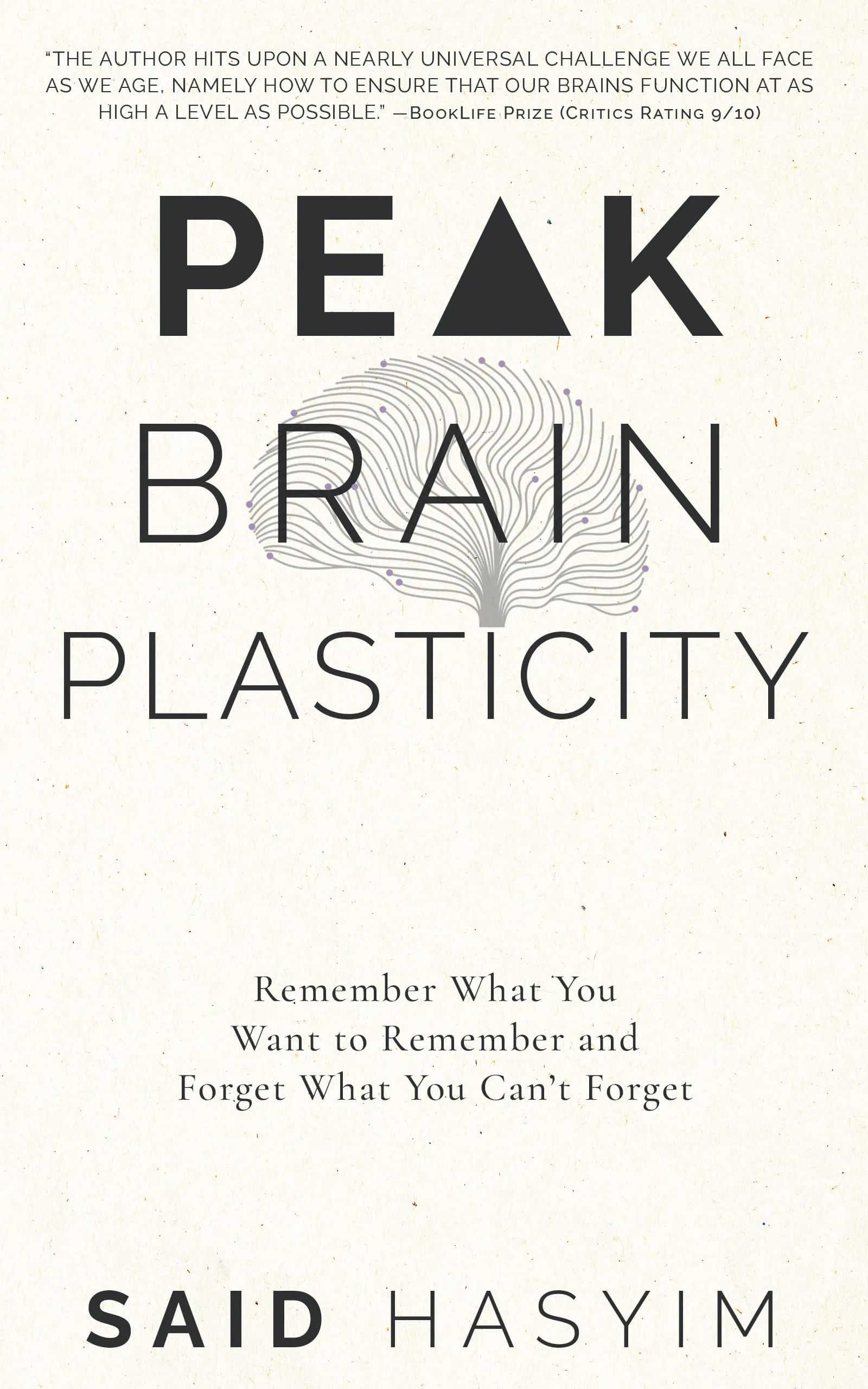Building a Memory Journal: Your Pathway to Recall
In today’s fast-paced world, where information overload seems to be the norm, many of us struggle with effective recall and retention of the countless memories we create each day. Our daily experiences, interactions, and the emotions tied to them can easily be lost amidst the hustle and bustle. Creating a memory journal can provide a structured method to not only catalog these experiences but also enhance our ability to reflect upon them. In this blog post, we will explore the benefits of maintaining a memory journal, methods to start, and tips for making it a valuable tool in your life.
Why Keep a Memory Journal?
1. Enhances Recall
Writing down your memories and experiences helps reinforce them in your mind. This act of documentation solidifies those moments as part of your narrative, making them easier to recall later.
2. Encourages Reflection
A memory journal provides the opportunity for reflection. When you write about a specific event or feeling, you have the chance to process what happened, understand your emotions, and learn from the experience.
3. Preserves Moments
Time has a way of fading our memories. A journal serves as a time capsule, preserving the emotions, thoughts, and details of experiences that matter to you. Looking back at old entries offers a glimpse into your past with the added richness of perspective.
4. Boosts Creativity
Writing about your experiences can ignite your creative spirit. It allows you to explore your thoughts freely, leading to new insights or artistic expressions that can enrich other aspects of your life.
5. Enhances Well-being
Several studies suggest that expressive writing — such as journaling — can reduce stress, anxiety, and depression. Keeping a memory journal can serve as a therapeutic outlet to express feelings and cope with difficult experiences.
How to Start Your Memory Journal
Step 1: Choose Your Medium
The first step in starting a memory journal is choosing the medium that resonates with you. Here are a few options:
- Traditional Notebook: A classic choice; the tactile experience of pen on paper can be soothing.
- Digital Journal: If you prefer typing, a digital journal can be organized effortlessly with apps designed for journaling.
- Voice Recording: For those who find it easier to express themselves verbally, consider recording your memories as audio files.
Step 2: Set a Dedicated Time
Designate a specific time each day or week to focus on your memory journal. This could be part of your morning routine, a midday break, or an evening ritual. Consistency is key to developing this habit.
Step 3: Find Your Structure
Your memory journal can take on various forms, depending on your preferences. Some structured approaches include:
- Daily Entries: Document your day-to-day life, noting highlights, significant happenings, and thoughts.
- Thematic Journaling: Focus on specific themes like travel, relationships, or personal growth, creating entries dedicated to those topics.
- Prompt-Based Journaling: Use writing prompts or questions to inspire your entries, helping to bypass any writer’s block.
Step 4: Be Honest and Authentic
Your memory journal is a space meant just for you, so embrace honesty and authenticity in your writing. Don’t shy away from writing about difficult emotions or experiences. It’s through this rawness that true insights often emerge.
Step 5: Add Visual Elements
Consider incorporating visual elements into your journal. Photos, drawings, or even mementos (like ticket stubs or pressed flowers) can add a rich layer to your written memories and enhance your recall when revisiting entries.
Tips for Effective Memory Journal Keeping
1. Start Small
If the idea of journaling every day feels overwhelming, begin with short entries, focusing on a single memory or feeling. Gradually, as you become comfortable, you can expand the length and detail of your writing.
2. Don’t Overthink It
Your journal is for you, and there’s no right or wrong way to keep it. Allow your thoughts to flow freely without overthinking grammar or structure.
3. Regularly Review Past Entries
Schedule time to revisit your previous entries. Reflecting on your journey can reinforce your memories and remind you of personal growth.
4. Keep It Accessible
Make your journal readily accessible, so it’s easy to jot down thoughts as memories arise. This could mean keeping a notebook by your bedside or using a mobile journal app.
5. Incorporate Different Formats
Mix up your entries to keep things fresh. You could write a free-form narrative one day and a list of memories the next, or even use bullet points to organize thoughts.
Conclusion
Building a memory journal offers a beautiful, structured way to celebrate your life experiences while enriching your ability to recall them. Not only does it create a treasure trove of memories for you to look back on, but it also encourages introspection, creativity, and emotional well-being.
As you embark on this journey, embrace the process and allow your journal to evolve with you. Happy journaling!
Harness the Power of Neuroplasticity
Discover Peak Brain Plasticity, a practical book to harnessing neuroplasticity. Enhance your memory, learn new languages quickly, and alleviate anxiety with effective study methods. Uncover daily habits that impact cognitive health and explore techniques for accelerated learning and memory retention. Unlock your brain's potential for growth and transformation.
